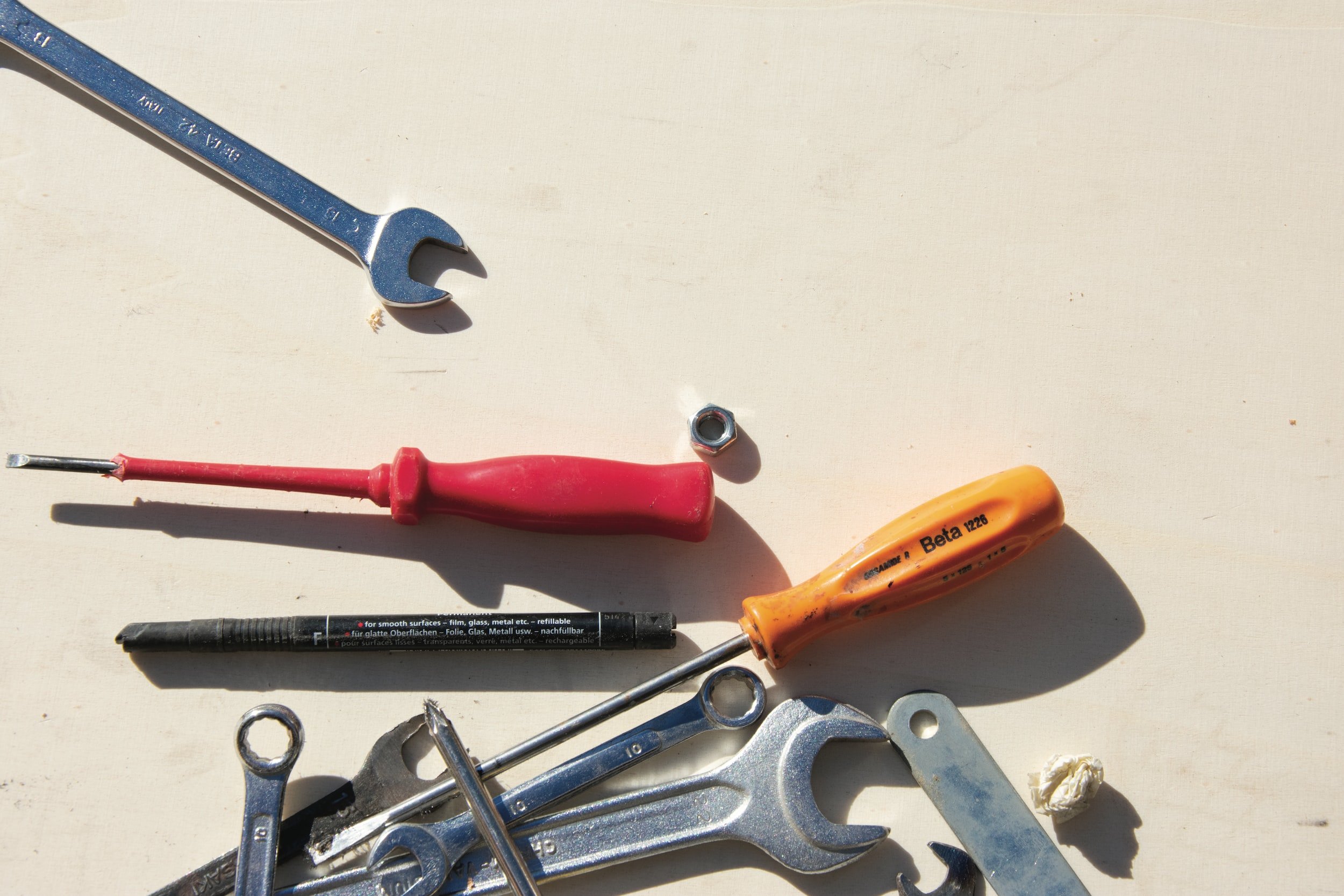Mastering the Art of Building Flatpack Furniture: Best Practices and Tips
Building flatpack furniture can be an exciting yet challenging task. Whether you're a seasoned flatpack furniture enthusiast or a beginner, this blog post will provide you with a comprehensive guide on the best practices for building flatpack furniture.
Building flatpack furniture can be an exciting yet challenging task. These cleverly designed pieces arrive neatly packed, but the real test lies in assembling them to create functional and stylish additions to your home. Whether you're a seasoned flatpack furniture enthusiast or a beginner, this blog post will provide you with a comprehensive guide on the best practices for building flatpack furniture.
Prepare the Workspace
Before diving into the assembly process, ensure you have a clean, well-lit workspace. Lay out all the components and familiarise yourself with the instruction manual. Organise the hardware and tools needed for the assembly, including screwdrivers, hammers, and Allen wrenches. Having everything within reach will make the process more efficient.
Read the Instructions
Although it may be tempting to jump right into assembling the furniture, take a moment to thoroughly read the instruction manual. The manual provides step-by-step guidance and includes diagrams that illustrate how each component fits together. Familiarise yourself with the symbols, diagrams, and any specific instructions for each piece.
Sort and Identify Components
Flatpack furniture often comes with numerous components, so it's essential to sort and identify them before starting the assembly. Group similar pieces together and label them if necessary. This organisation will save you time and prevent confusion during the construction process.
Use the Right Tools
Using the correct tools is crucial for a successful assembly. Most flatpack furniture requires basic tools like screwdrivers and Allen wrenches. Check the instruction manual for the recommended tools and ensure you have them readily available. Investing in a multi-bit screwdriver or an Allen wrench set can make the process even smoother.
Enlist a Helper
If the furniture is large or complex, consider enlisting a friend or family member to assist you. Having an extra pair of hands can be immensely helpful during certain steps that require stabilisation or holding specific parts in place. It can also make the process more enjoyable and efficient.
Follow the Assembly Order
The assembly order specified in the instruction manual is designed to ensure stability and proper construction. It's crucial to follow the steps in sequence to avoid complications later. Skipping steps or assembling components out of order may result in disassembly and rework, wasting both time and effort.
Pay Attention to Details
Flatpack furniture often includes small details that can significantly impact the overall appearance and functionality. Take the time to align pieces properly, ensuring they fit flush and are tightly secured. Pay attention to hidden screws, cam locks, and other fasteners that may be essential for stability.
Keep an Eye on Symmetry and Balance
Maintaining symmetry and balance is essential for aesthetic appeal and stability. If the furniture has multiple identical components, such as drawers or shelves, ensure they are evenly aligned. Use a measuring tape or level to check for precise placement.
Double-Check Connections and Fastenings
Before considering the assembly complete, double-check all connections and fastenings. Give each joint a gentle tug or shake to ensure it is secure. Loose connections can lead to wobbling or instability, compromising the furniture's functionality and durability.
Take Breaks and Stay Patient
Building flatpack furniture can be time-consuming, especially for larger or more complex pieces. Take breaks to rest and regain focus, particularly if you're feeling frustrated or fatigued. Staying patient throughout the process will ensure a more successful outcome and prevent mistakes.
In conclusion, building flatpack furniture doesn't have to be a daunting task. By following these best practices and tips, you'll be well-equipped to tackle any flatpack furniture project with confidence. Remember to prepare your workspace, read the instructions thoroughly, use the right tools, and pay attention to details. Enlist a helper when needed and stay patient throughout the assembly process. With practice, you'll soon become a master at constructing stylish and functional furniture from flatpacks. Local to Hertfordshire and still not feeling confident? Give Flatpack Man a call and we’ll happily take the ‘Y’ out of DIY.
If you have found this blog useful, please share on socials.






